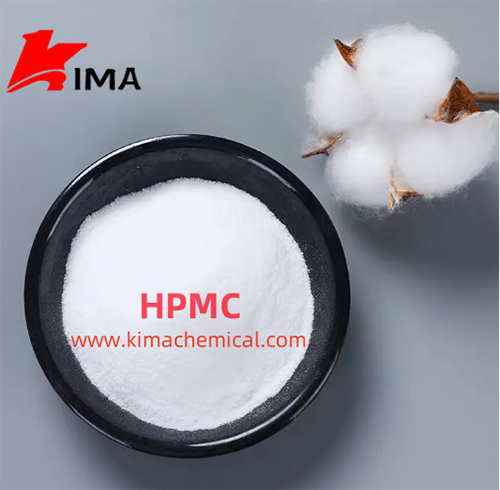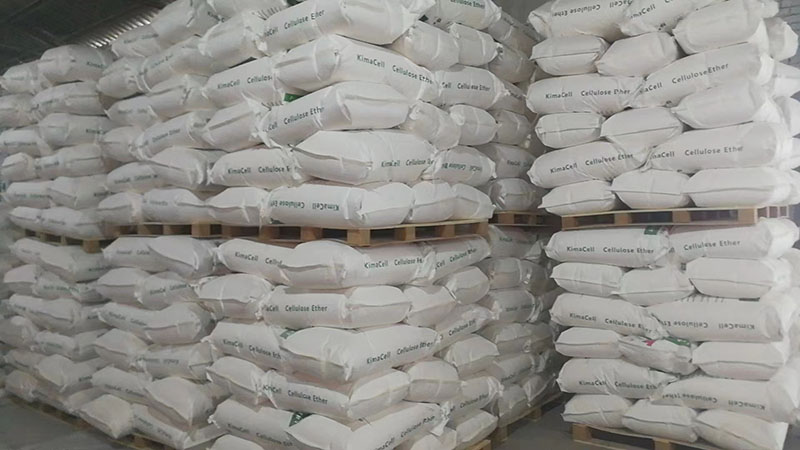HPMC (Hydroxypropyl Methylcellulose) is a common construction additive widely used in mortar and plaster to improve its performance. It is a natural plant fiber derivative, and its main role in the construction industry is to improve the rheology, adhesion, water retention and workability of mortar and plaster.

1. Improve rheology and workability
HPMC has excellent rheology control properties, which can make mortar and plaster have better fluidity and consistency during construction. In actual construction, if the mortar or plaster is too thick, it may cause construction difficulties and even uneven smearing. After adding HPMC, the viscosity of mortar and plaster is moderate, neither too thin nor too thick, and it can maintain good fluidity, thereby improving construction efficiency. Especially when constructing large-area walls or floors, proper fluidity makes the operation smoother and improves work efficiency.
2. Enhanced adhesion
The molecular structure of HPMC contains a large number of functional groups such as hydroxyl (OH) and methyl (CH₃), which can interact physically or chemically with the inorganic components in the mortar and the surface of the substrate, thereby enhancing the adhesion of the mortar. Especially on some smooth or low-water-absorbent substrate surfaces, such as tiles, glass, metal, etc., the adhesion between the mortar and the substrate is often weak. HPMC can significantly improve the adhesion between these mortars and the substrate, enhance its stability, prevent the mortar from falling off or cracking, and extend the service life of the building structure.
3. Improve water retention
HPMC has strong water retention, which can effectively slow down the evaporation process of water and avoid the premature drying or cracking of mortar and plaster during construction. Especially in high temperature or dry environment, mortar or plaster is prone to cracking and insufficient strength due to rapid water loss. HPMC ensures the proper wetness of the mortar by absorbing and retaining water, prolongs its working time, and facilitates construction personnel to complete plastering, laying and other operations within the specified time.
4. Improve resistance to stratification and settling
During the use of mortar or plaster, stratification or settling often occurs, especially in thick coatings. The addition of HPMC helps to enhance the structural stability of the mortar and reduce the occurrence of settling or stratification. The network characteristics of its molecular structure can provide a certain internal support to prevent the mortar from settling due to gravity during the curing process. This ensures that the mortar maintains a uniform thickness and consistent performance for a long time, improving the overall quality of the mortar.

5. Improve crack resistance
Mortar and plaster are often affected by environmental factors such as temperature changes and humidity fluctuations during construction, which can easily lead to crack formation. HPMC helps to reduce cracks caused by excessive drying or temperature changes by improving the water retention, rheology and adhesion of the mortar. In addition, HPMC can also enhance the toughness of the mortar or plaster, making it more flexible during the curing process, reducing the occurrence of cracks caused by external forces, and improving its crack resistance.
6. Improved water resistance
HPMC not only provides good water retention during construction, but also enhances the water resistance of mortar and plaster after they dry. Since HPMC can increase the structural density of mortar or plaster, this improves its water resistance to a certain extent, prevents water penetration and erosion, and reduces structural damage caused by humid environments. This feature is particularly suitable for applications in high-humidity environments such as exterior wall plastering, bathrooms, and kitchens.
7. Improved antibacterial properties
Some types of HPMC also have certain antibacterial effects and can effectively inhibit the growth of mold and bacteria, especially in humid or warm environments. This feature makes mortar and plaster containing HPMC more suitable for use in places with high humidity or prone to mold, such as basements, bathrooms, and kitchens, thereby enhancing the durability and safety of building materials.
8. Cost savings
By adding HPMC, the efficiency of mortar and plaster is improved, and construction workers can operate for a longer period of time without affecting its performance. In addition, HPMC has the effect of improving adhesion and water retention, which can reduce the consumption of mortar or plaster, thereby indirectly saving the use of raw materials. This can effectively reduce material costs for large-scale construction projects.

As a functional building additive, HPMC plays a vital role in mortar and plaster. It significantly improves the comprehensive performance of mortar and plaster by improving rheology, enhancing adhesion, improving water retention, reducing settlement and stratification, and improving crack resistance and water resistance, making it more stable, durable and easy to construct in practical applications. With the increasing demand for environmentally friendly, energy-saving and high-performance materials in the construction industry, the application prospects of HPMC will be more extensive and become one of the indispensable functional materials in the future construction industry.
 English
English 日本語
日本語 français
français Deutsch
Deutsch Español
Español italiano
italiano русский
русский português
português العربية
العربية Türkçe
Türkçe Nederland
Nederland






